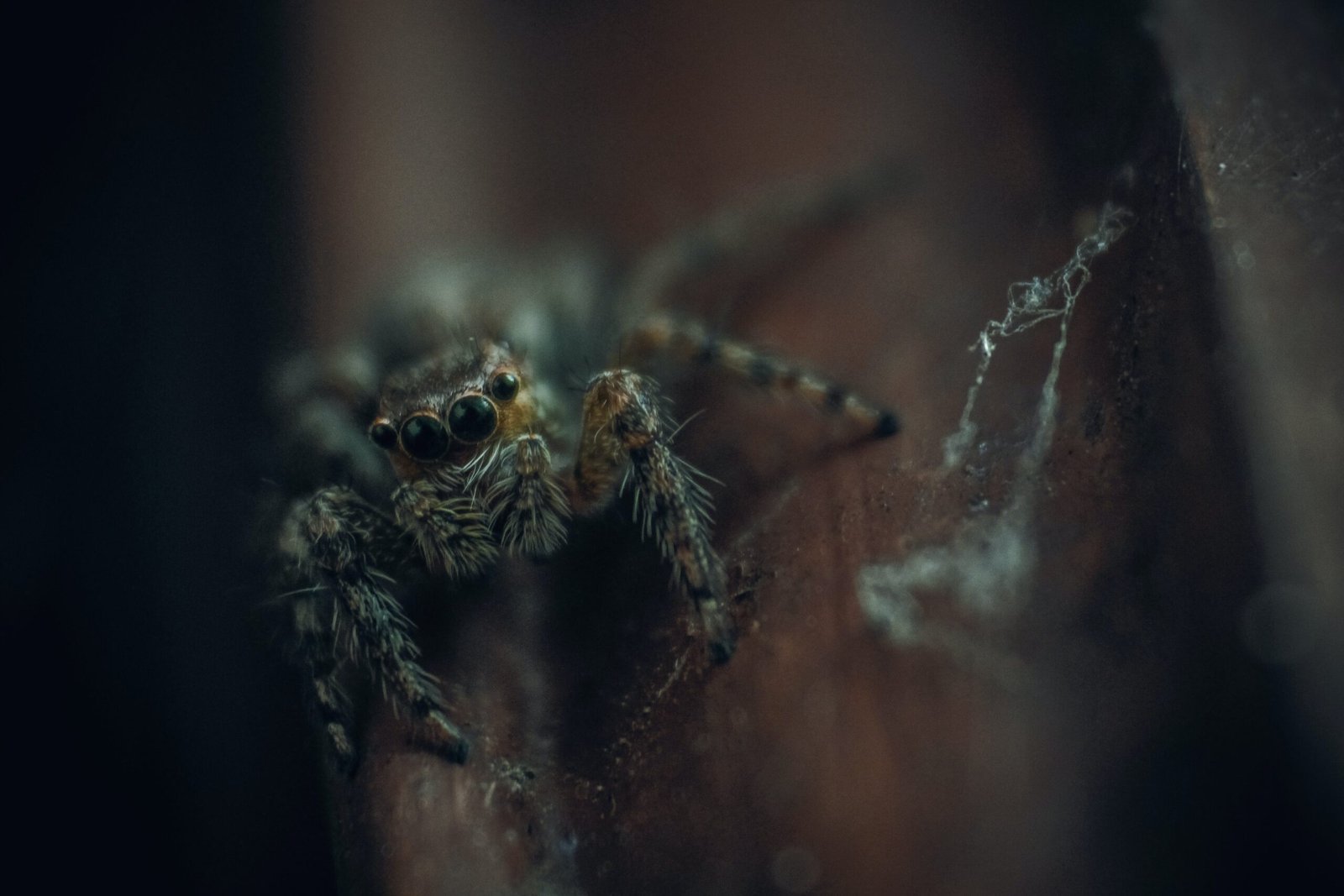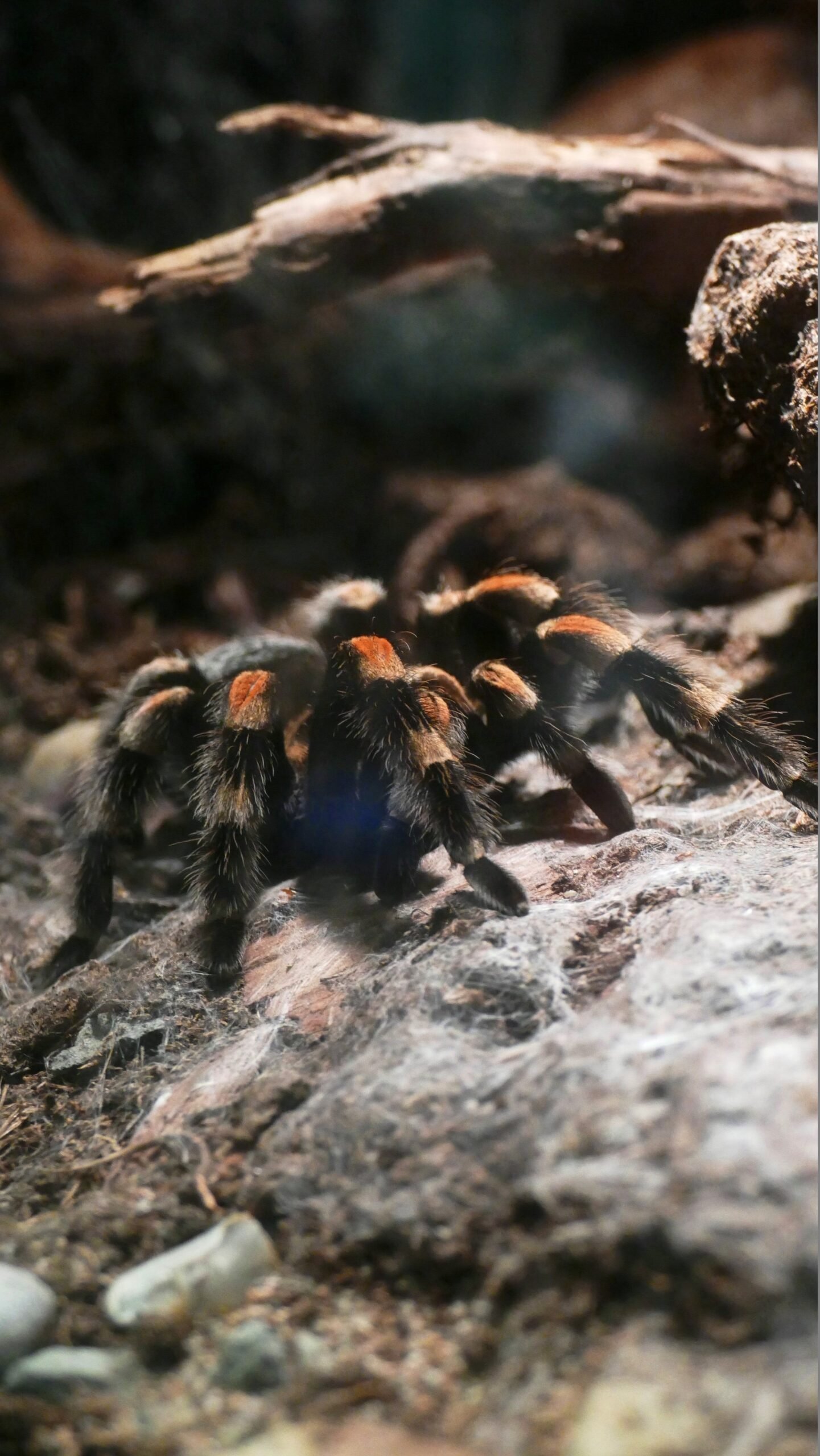Tarantula spiderlings are known for their cannibalistic behavior, posing a challenge for those looking to raise these fascinating creatures. Understanding how to prevent this behavior among the spiderlings is essential to ensure their survival. In this article, we will explore some effective strategies and techniques that can help you create a safe and harmonious environment for your tarantula spiderlings, allowing them to thrive and grow without the risk of cannibalism. So if you’re interested in raising these captivating creatures and want to learn how to keep them from devouring each other, read on!
Understanding Cannibalism Among Tarantula Spiderlings
Tarantula spiderlings, like many other animal species, have a natural tendency for cannibalism. This means that they have a propensity to consume their fellow spiderlings, especially when resources are limited. Understanding the causes of cannibalistic behaviors and the impact of cannibalism on tarantula populations is crucial in order to effectively prevent and manage this behavior.
The Natural Tendency for Cannibalism
Cannibalism among tarantula spiderlings is not uncommon and is actually a natural behavior. In the wild, tarantulas rely on cannibalism as a survival strategy. When resources are scarce or competition is high, spiderlings may resort to consuming their siblings in order to ensure their own survival. This behavior allows the strongest and fittest spiderlings to survive and grow into adulthood.
Causes of Cannibalistic Behaviors
There are several factors that can contribute to cannibalistic behaviors among tarantula spiderlings. One of the main triggers is overcrowding. When spiderlings are confined in a small space with limited resources, such as food or hiding spots, they are more likely to engage in cannibalistic behaviors. Additionally, hunger and stress can also lead to cannibalism among spiderlings.
The Impact of Cannibalism on Tarantula Populations
Cannibalism among tarantula spiderlings can have a significant impact on tarantula populations. If left unchecked, high rates of cannibalism can lead to a decrease in the overall population size. This can in turn result in a loss of biodiversity and disrupt the delicate balance of ecosystems in which tarantulas play a key role. It is therefore crucial to take preventative measures in order to preserve tarantula biodiversity and maintain healthy populations.
Importance of Preventing Cannibalism
Preventing cannibalism among tarantula spiderlings is of utmost importance. By implementing strategies to minimize or eliminate cannibalistic behaviors, we can effectively preserve tarantula biodiversity and ensure the long-term health of their populations.
Preserving Tarantula Biodiversity
Tarantulas are an important part of many ecosystems, serving as both predator and prey. They play a crucial role in controlling pest populations and maintaining the overall balance of their habitats. By preventing cannibalism among spiderlings, we can help ensure the continued presence of tarantulas in their natural environments, thus preserving biodiversity.
Maintaining Healthy Tarantula Populations
Healthy tarantula populations are essential for the overall health and stability of ecosystems. They contribute to the ecological balance by regulating insect populations and serving as a food source for other predators. Preventing cannibalism among spiderlings helps maintain healthy population sizes, which in turn ensures the continuity of these important ecological functions.

1. Creating Adequate Enclosures
Creating appropriate and adequately sized enclosures for tarantula spiderlings is one of the key steps in preventing cannibalism.
Providing Sufficient Space
Spiderlings need enough space to establish their own territories and minimize competition for resources. Providing enclosures that are large enough to accommodate each spiderling individually can help reduce the occurrence of cannibalism. Adequate space allows spiderlings to establish their own hiding spots, feeding areas, and molting sites, minimizing encounters that could lead to cannibalistic behaviors.
Ensuring Suitable Temperature and Humidity
Maintaining proper temperature and humidity levels in the enclosures is crucial for the well-being of tarantula spiderlings. Extreme fluctuations in temperature or humidity can cause stress and increase the likelihood of cannibalism. Providing a consistent and suitable environment helps create a stress-free atmosphere, reducing the risk of cannibalistic behaviors.
Choosing the Right Type of Substrate
The choice of substrate in the enclosure can also play a role in preventing cannibalism. Using substrates that mimic the tarantula’s natural habitat, such as peat moss or coconut fiber, provides a more comfortable and familiar environment for the spiderlings. This can help reduce stress and minimize aggressive behaviors, including cannibalism.
2. Feeding Practices
Proper feeding practices are essential in preventing cannibalism among tarantula spiderlings.
Ensuring Sufficient and Frequent Feeding
Providing spiderlings with sufficient and regular feeding is crucial in curbing cannibalism. Hunger is often a major factor that triggers cannibalistic behaviors, especially when resources are scarce. Offering an adequate amount of prey, such as appropriately sized pinhead crickets or fruit flies, on a regular basis helps minimize the chances of spiderlings resorting to cannibalism to satisfy their hunger.
Offering Properly Sized Prey
Another important aspect of feeding practices is offering prey that is suitable for tarantula spiderlings. Providing prey that is too large for the spiderlings can not only lead to failed attempts at capturing and consuming the prey, but it can also result in injury or loss of spiderlings. Using prey that is small enough to be easily captured and consumed reduces the need for spiderlings to turn to cannibalism as an alternative food source.

3. Visual Isolation Techniques
Visual isolation techniques can help prevent cannibalism among tarantula spiderlings by minimizing direct interactions and territorial disputes.
Using Dividers in Enclosures
One technique is to use dividers within the enclosures. Dividers create separate sections or compartments, effectively visually isolating spiderlings from each other. This prevents direct contact and minimizes the chances of aggressive behavior or cannibalism. Dividers can be made from various materials, such as acrylic or plastic mesh, and should be securely attached to prevent escape or accidental injuries.
Separating Spiderlings into Individual Containers
Another visual isolation technique is to separate spiderlings into individual containers. Each spiderling is housed in its own enclosure, completely isolated from its siblings. This technique ensures that spiderlings have their own personal space without the risk of encountering or engaging in cannibalistic behaviors. Individual containers should be appropriately sized and equipped with the necessary environmental conditions to support the spiderlings’ growth and development.
4. Chemical Isolation Methods
Chemical isolation methods utilize chemical signals to deter cannibalism among tarantula spiderlings.
Using Chemical Signals to Deter Cannibalism
One method involves using chemical cues or pheromones to create a deterrent effect. By introducing specific chemical signals into the enclosure, spiderlings are reminded of the presence of their siblings and are less likely to engage in cannibalistic behaviors. These chemical signals can be sourced from preserved exuviae (shed exoskeletons) or molted abdomens of tarantula spiderlings.
Application of Specialized Repellents
Specialized repellents can also be used to discourage cannibalism among tarantula spiderlings. These repellents are designed to mimic the chemical signals released by injured or threatened spiderlings, deterring others from approaching or attacking. The application of these repellents can create an environment where spiderlings are less likely to engage in cannibalistic behaviors.

5. Timing Considerations
Choosing the optimal timing for separation and closely monitoring development stages and behavior are important factors in preventing cannibalism.
Determining the Optimal Time for Separation
Spiderlings should be separated from each other at the appropriate developmental stage to minimize the chances of cannibalism. The exact timing for separation may vary depending on the species, but it is generally recommended to separate spiderlings soon after they undergo their first molt. At this stage, they are less likely to view each other as potential prey and are more inclined to establish their own territories.
Monitoring Development Stages and Behavior
Regular monitoring of the spiderlings’ development stages and behavior is crucial in detecting any signs of aggression or cannibalism. By closely observing their interactions and behavior, any potential issues can be identified promptly, allowing for appropriate interventions to prevent cannibalistic behaviors. Monitoring should also include regular checks for signs of malnourishment or stress, which can further contribute to cannibalism.
6. Sex Separation at Early Stages
Separating male and female tarantula spiderlings at early stages is an effective measure to prevent cannibalism and maintain population diversity.
Identifying Gender Differences
Differentiating between male and female spiderlings can be challenging, especially during the early stages of development. However, with experience and guidance from experts, it is possible to identify certain gender-specific characteristics. This can involve examining leg morphology, abdominal patterns, or other morphological differences that emerge as the spiderlings grow.
Separating Male and Female Spiderlings
Once the spiderlings’ gender has been determined, it is recommended to separate males and females into individual enclosures. Male tarantulas generally have shorter lifespans compared to females, and their presence among female spiderlings may increase the likelihood of cannibalism. By separating males and females early on, the risk of cannibalism is minimized, and it also allows for easier management of breeding programs if desired.

7. Implementing Controlled Lighting
Controlling lighting conditions in the enclosures can influence spiderlings’ behavior and help prevent cannibalism.
Using Light Cycles to Influence Behavior
Spiderlings are sensitive to changes in lighting conditions, and altering light cycles can help discourage cannibalism. Tarantulas are nocturnal creatures, so providing a dark period during the day and a well-lit period during the night can mimic their natural environment. This controlled lighting regime can help reduce stress and promote more natural behaviors, ultimately minimizing cannibalism.
Utilizing Darkness to Prevent Cannibalism
Periods of darkness can also be utilized to prevent cannibalism among tarantula spiderlings. Creating complete darkness during specific periods, such as during feeding or molting, can reduce the chances of spiderlings encountering and attacking each other. Darkness can act as a deterrent for cannibalistic behaviors, allowing spiderlings to feel more secure and less prone to aggression.
Conclusion
Preventing cannibalism among tarantula spiderlings is crucial for the preservation of tarantula biodiversity and the maintenance of healthy populations. By creating adequate enclosures, implementing proper feeding practices, utilizing visual and chemical isolation techniques, considering timing and sex separation, and controlling lighting conditions, we can effectively reduce instances of cannibalistic behaviors among tarantula spiderlings. Adopting these preventative measures will contribute to successful rearing and the long-term health of tarantula populations.

